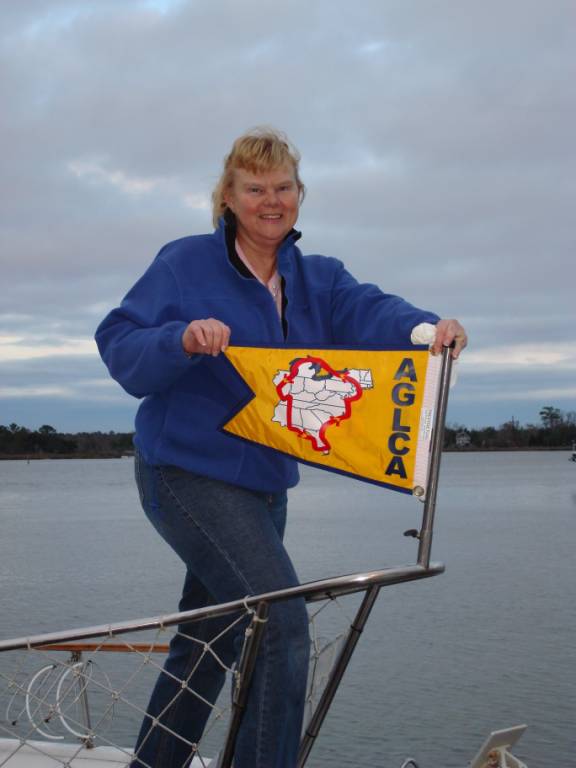softshuffle
Member
Hi,
I have been observing the experienced sailors sailing in our club.
They seem to be always aware where the wind with just an occassional glance at the burgee.
How do they do it?
I have been observing the experienced sailors sailing in our club.
They seem to be always aware where the wind with just an occassional glance at the burgee.
How do they do it?



